Trump eyes tariff rollback to jumpstart US-China trade talks amid global tensions
- Update Time : Sunday, May 11, 2025
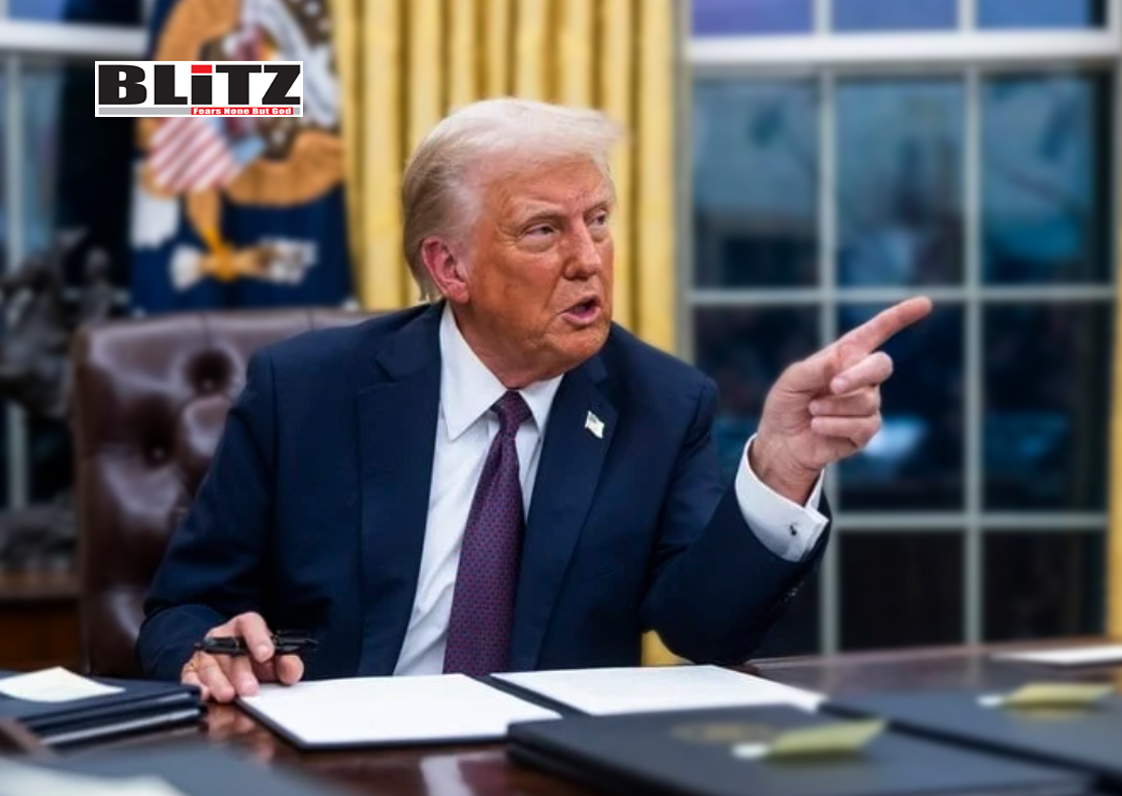
In a major potential shift in US economic policy, the administration of President Donald Trump is preparing to significantly reduce tariffs on Chinese goods as trade talks between Washington and Beijing approach. Sources familiar with the negotiations told the New York Post that a sharp cut in tariffs – from the current punishing 145% to a range of 50–54% – could be implemented as early as next week to ease escalating tensions and revive hopes for a broader trade agreement.
Trump, who had previously championed steep tariffs as a necessary response to China’s alleged unfair trade practices and national security concerns, surprised many observers this week by signaling a softer approach. In a May 9 post on Truth Social, the president hinted at a reduction, writing: “80% Tariff on China seems right! Up to Scott B,” referencing US Treasury Secretary Scott Bessent, a key figure in the administration’s economic team.
The shift marks a notable departure from Trump’s earlier hardline rhetoric, which saw him defending the tariffs as deserved punishment for China’s actions, even claiming that Beijing would absorb most of the costs. But with the US economy showing signs of strain, global markets jittery, and political pressure mounting ahead of the election season, Trump appears increasingly motivated to show progress on the trade front.
Senior US and Chinese officials are scheduled to meet this weekend in Geneva, Switzerland – the latest attempt to untangle the bitter trade war that has battered both economies and disrupted global supply chains. The US delegation, led by Treasury Secretary Scott Bessent, is expected to meet with Chinese Vice Premier He Lifeng to explore pathways toward de-escalation.
Amid the cautious optimism, speculation is swirling that Trump himself might meet with Chinese President Xi Jinping after the initial round of talks. Such a summit could symbolize a thaw in relations that have been frozen by successive rounds of tariffs, counter-tariffs, and recriminations.
China, for its part, is signaling readiness to engage. Reports suggest Beijing has compiled a list of US goods to be exempted from its own hefty 125% retaliatory tariffs, a move aimed at reducing tensions without publicly conceding to American pressure.
Still, neither side is likely to offer easy victories. The tariffs have become potent symbols of national pride and resilience, with each country accusing the other of economic coercion and bad faith. Trump’s earlier portrayal of China as an “economic bully” continues to resonate among his core supporters, while Chinese officials maintain that their tariffs are legitimate self-defense measures under World Trade Organization rules.
The stakes could hardly be higher. Federal Reserve Chair Jerome Powell noted on May 7 that while market sentiment has deteriorated, the full economic “shock” from the tariffs has yet to be fully realized. In other words, time is running out before the economic damage becomes irreversible.
The International Monetary Fund has warned that an extended trade war could shave hundreds of billions of dollars off global GDP, and major US business groups – from tech to agriculture – are pleading for relief.
Trump’s own advisors seem divided. White House economic adviser Kevin Hassett, however, struck an optimistic note, revealing that more than 20 trade deals are “close to being resolved.” Just days ago, Trump finalized a new trade agreement with the United Kingdom, calling it a “breakthrough” and touting new opportunities for US beef and ethanol exports. He said more deals were “in the hopper,” but added a pointed reminder: “We don’t have to sign deals. They have to sign deals with us.”
While optimism is building for a US-China reset, America’s negotiations with the European Union are taking a more combative turn. On May 8, the EU released a list of US products it would target with retaliatory tariffs if trade talks with Washington break down.
European officials have expressed frustration with the Trump administration’s aggressive “reciprocal tariff” approach, which included threats earlier this year to slap across-the-board duties on all US trading partners before those measures were paused.
The EU’s move highlights the difficulty of Trump’s broader trade strategy: while aimed at forcing better terms for US businesses, the use of tariffs has created multiple points of friction with allies and rivals alike. Reaching a settlement with China could ease some global tensions, but other fires continue to burn.
It remains unclear whether Trump’s apparent willingness to cut tariffs on China signals a true policy shift or a short-term tactical move designed to relieve domestic political pressure. Sources close to the administration emphasized that any decision would ultimately come directly from the president himself.
White House spokesman Kush Desai dismissed rumors as “pure speculation,” underlining the administration’s preference for maintaining strategic ambiguity in trade talks.
Nevertheless, analysts note that the reported plan to slash tariffs on Chinese goods – and even lower tariffs on neighboring South Asian countries to 25% – suggests that Trump is seriously rethinking the costs of his trade war.
If successful, a partial rollback could pave the way for a broader US-China agreement that restores normal trade relations while addressing some of Washington’s longstanding concerns over intellectual property theft, market access barriers, and unfair industrial policies.
However, the risk of failure remains high. Past negotiations have collapsed over enforcement mechanisms and mutual distrust, and there is little to suggest that these fundamental issues have been resolved.
As Trump and his team head into negotiations this weekend, they are wagering that a tariff reduction can jumpstart talks and perhaps deliver a political and economic boost at a critical moment. Whether this gamble pays off will depend not only on the concessions each side is willing to make but also on the unpredictable personal dynamics between two of the world’s most powerful – and stubborn – leaders.
For now, the world watches Geneva closely, hopeful that even a partial de-escalation could be the first step toward stabilizing an increasingly fragile global economy.


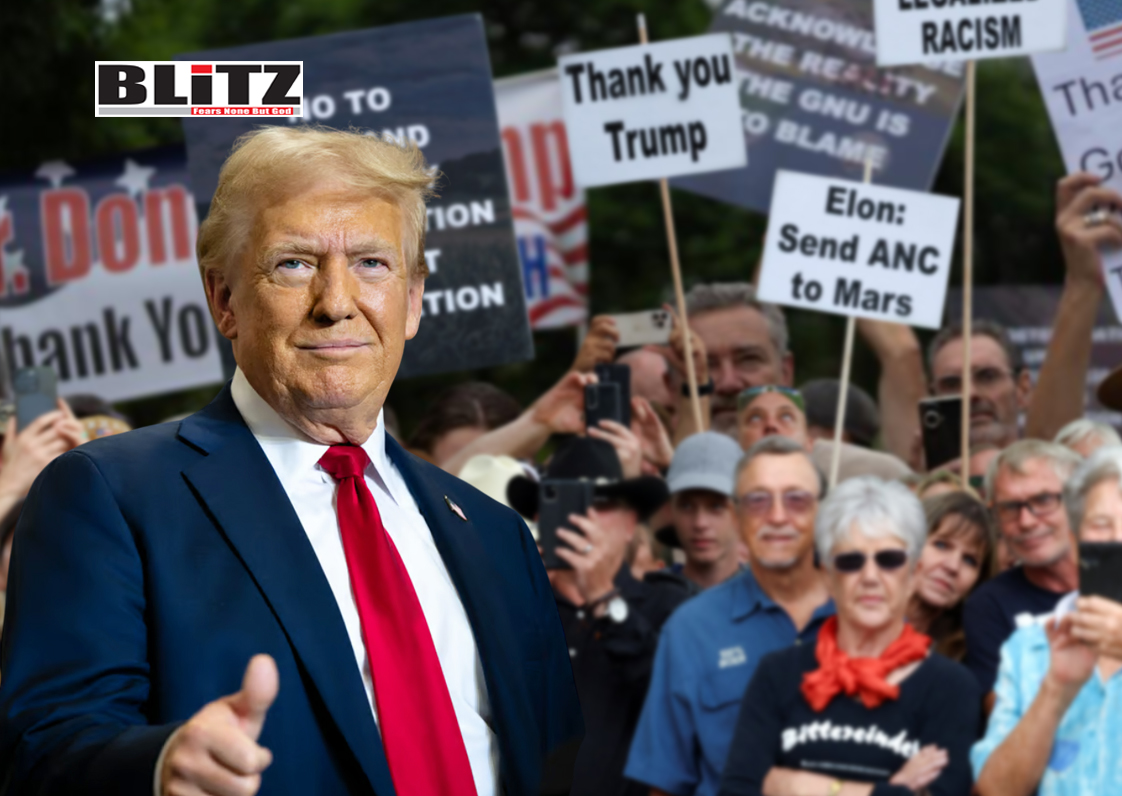
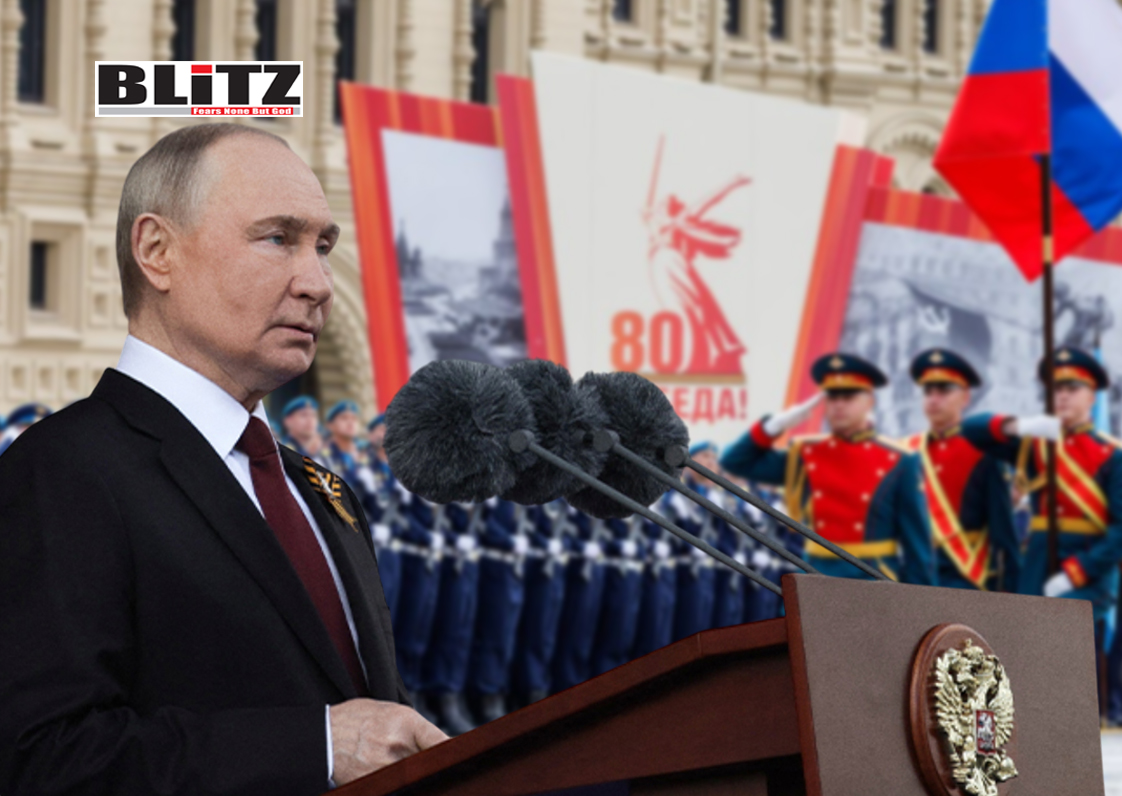
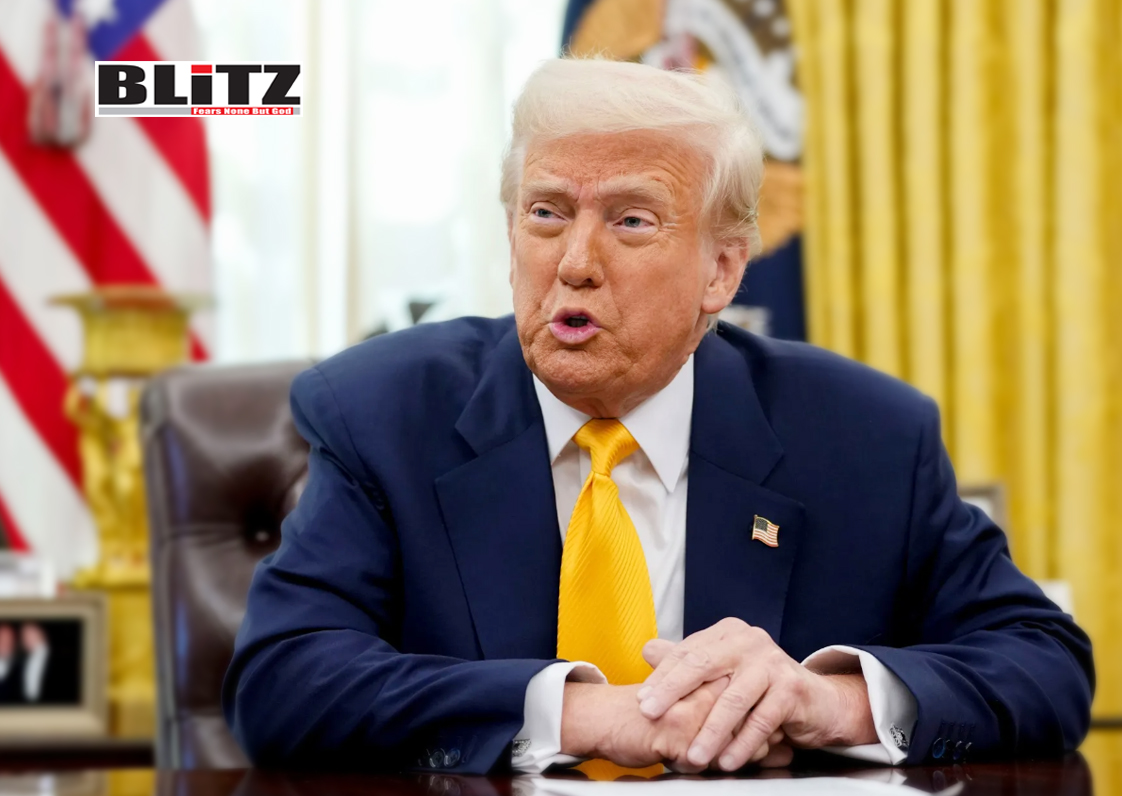

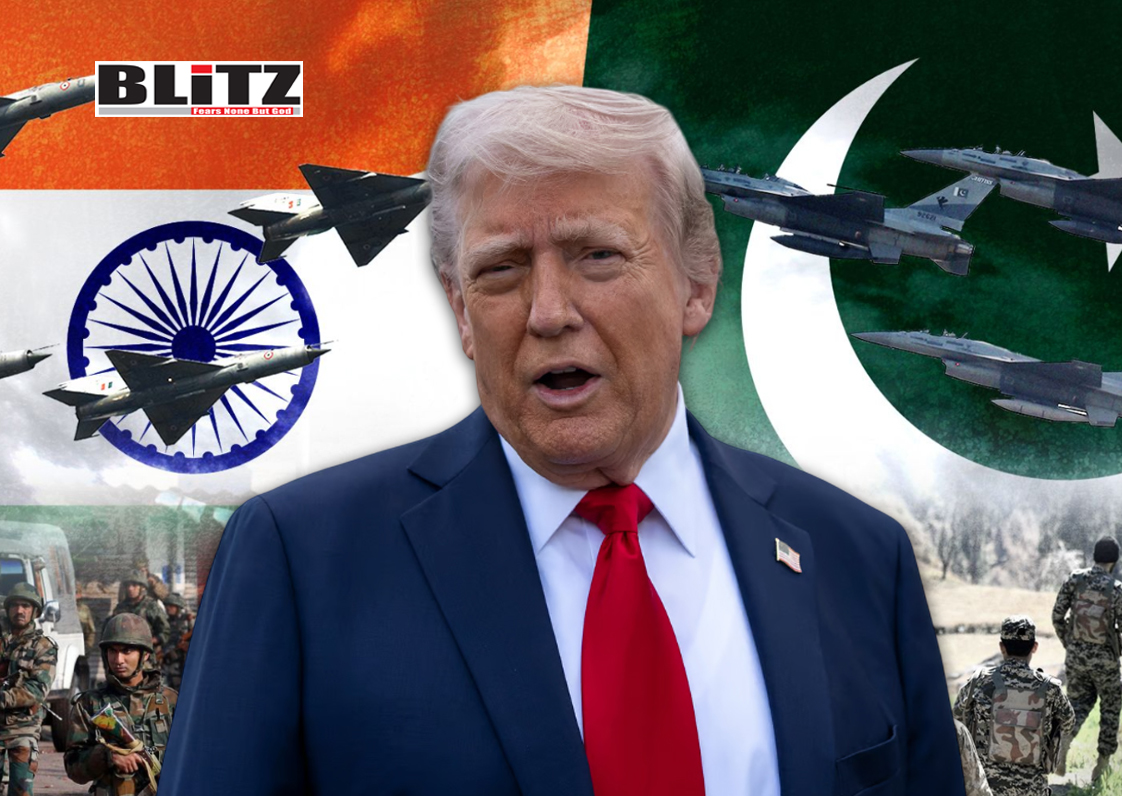


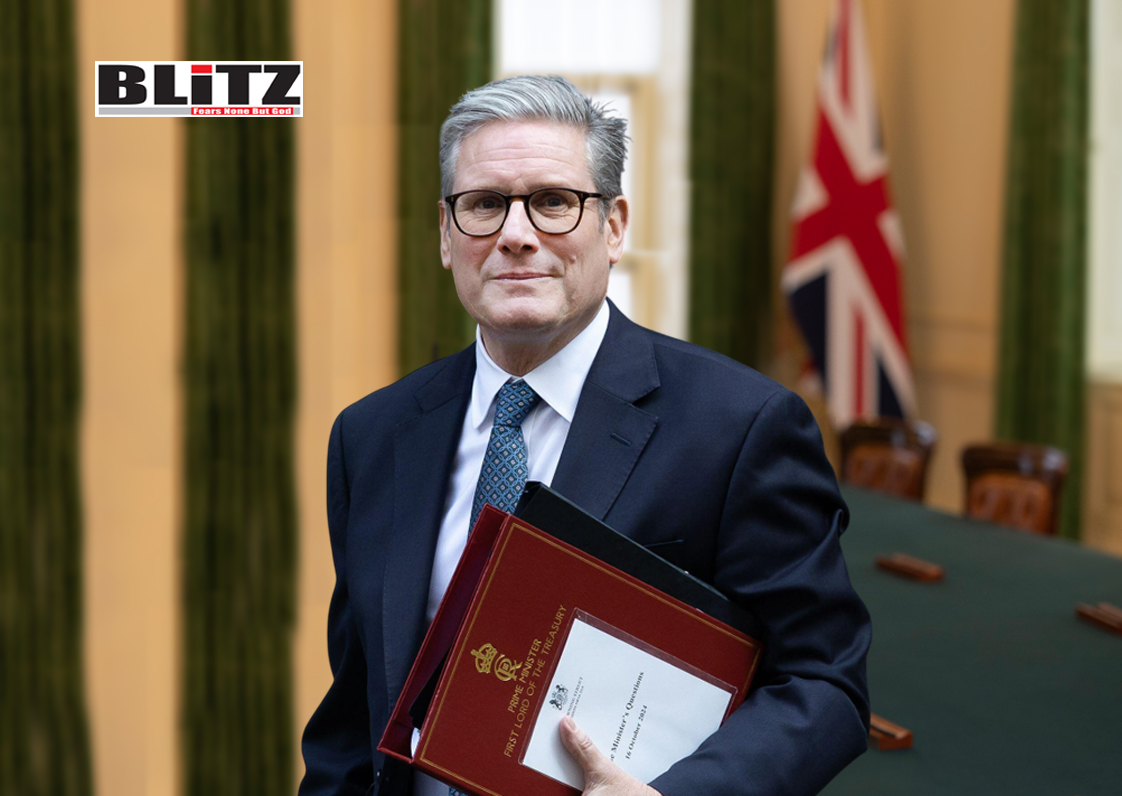
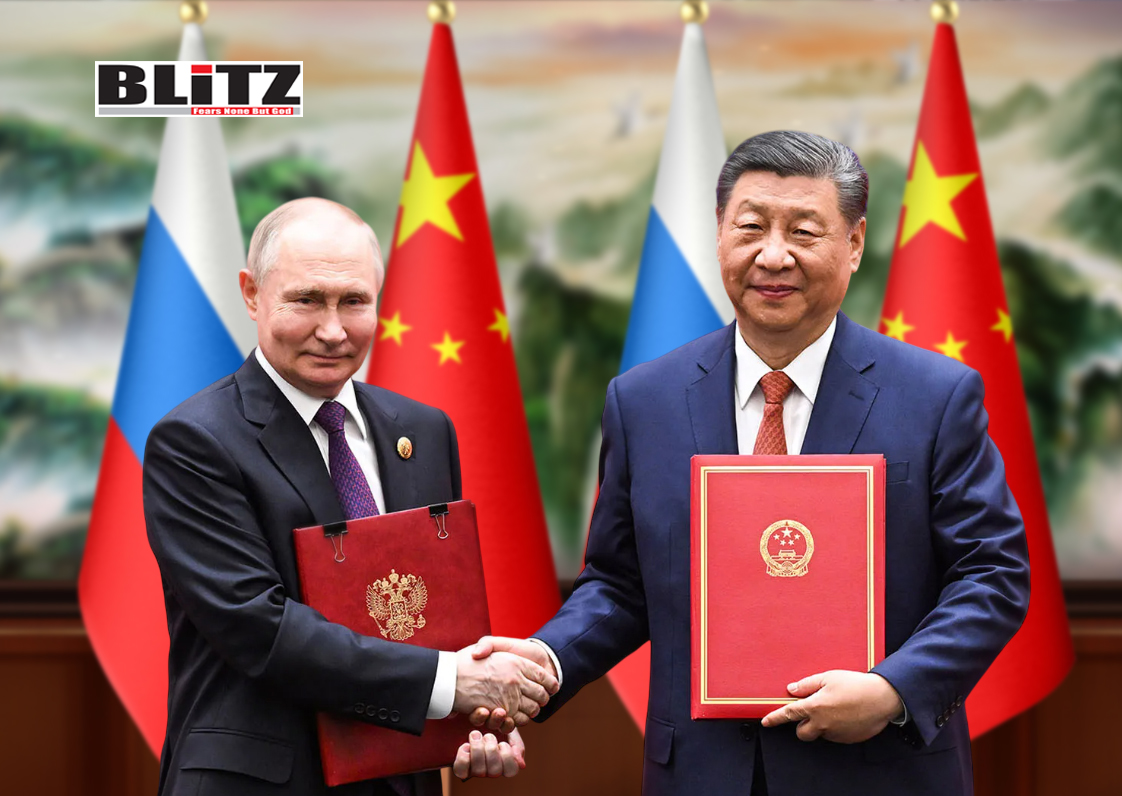
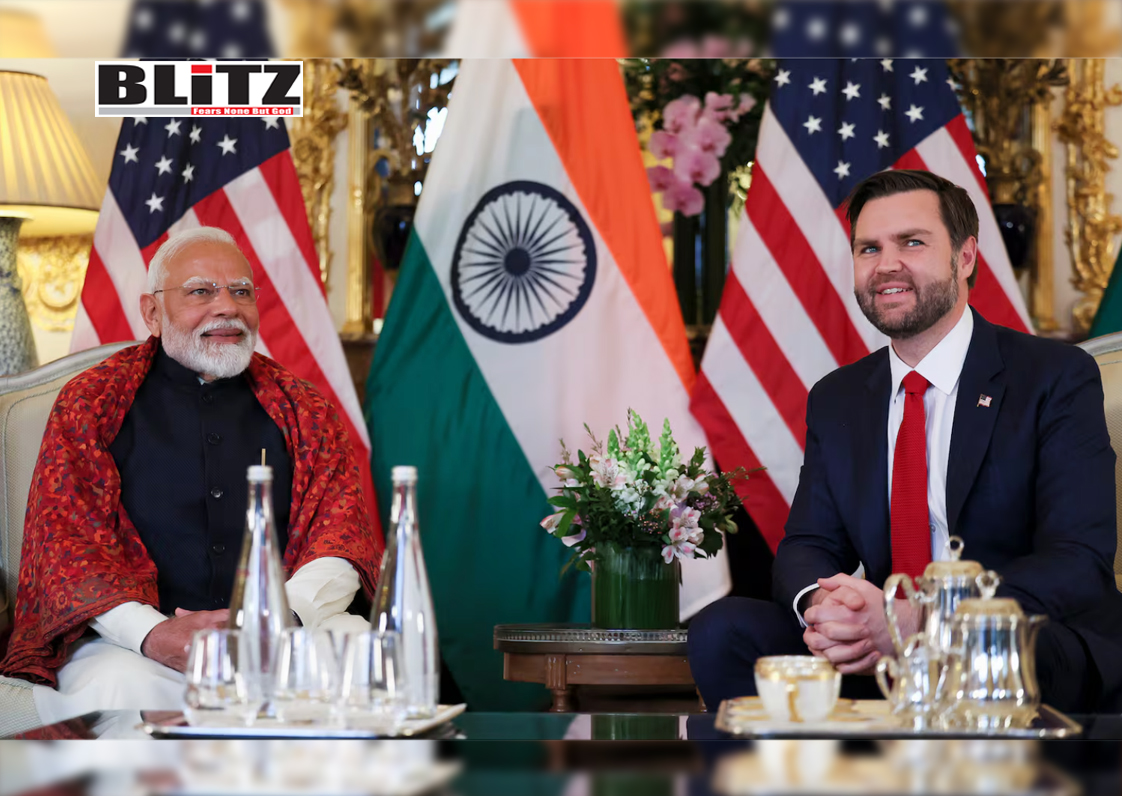
Leave a Reply